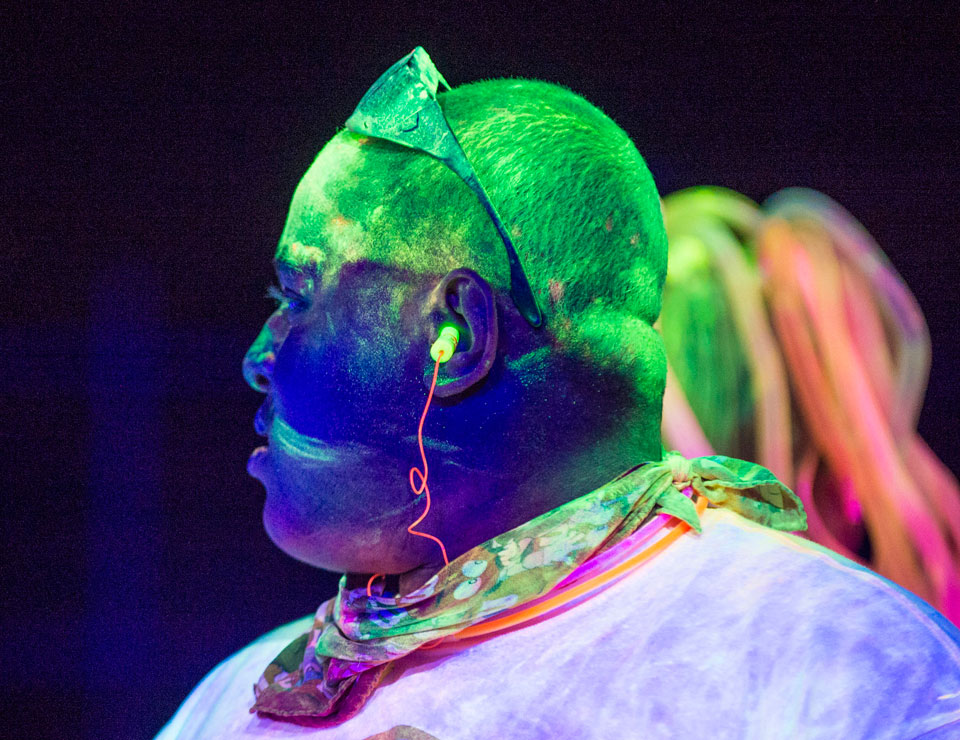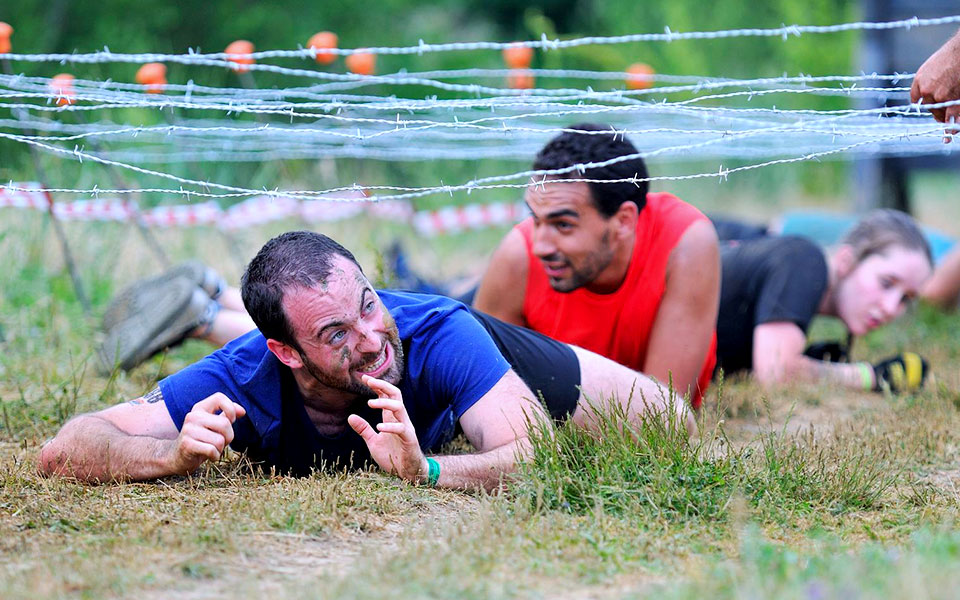It’s ironic that fun runs and other high-profile athletic events have made headlines over the past couple of years for all the wrong reasons. Fun runs start out innocently enough: they support philanthropy, introduce the sport to newbies and you can’t beat the social scene. Still, there’s no denying the trend. Fun runs have their downside. Should you stop engaging in them? Of course not. But remain cautious and knowledgeable about hidden dangers associated with runs that include unusual, unique or entertaining “side shows”. It pays to be prepared for anything, you know.
What’s a Fun Run?
Lines are blurred these days but it’s usually an uncompetitive run, so it pays to talk with organisers before you pay your fun run entry fee to see just where the “fun” comes in. The banana relay couldn’t be designated as anything but a fun run since the baton is a piece of fruit and the key to success is handing it off without the peel splitting. Could this event turn into a nightmare? It could if a slip-and-fall accident takes place because a smashed banana isn’t removed from the ground on the run circuit.
Additionally, there’s a reason you must sign a disclaimer or waiver every time you sign on for a fun run. Organisers don’t want to be sued, thus they take the liability issues very seriously. Finally, no matter how much fun the event promises, don’t lull yourself into a false sense of security, thinking, “If anything happens, race organisers will pay my medical expenses.”

When Things Go Wrong…
As fun runs become more daring, extreme and complex, the chances that something could go wrong increase. To give you an idea of typical case studies, consider the following catastrophic results of some fairly typical fun runs over the past few years.
Colour Powders
That crazy explosion of rainbow tints showering down on runners at nighttime fun runs throughout Asia look awesome, but are they safe? A recent waterpark incident shows how catastrophic things can get: coloured powder ignited, injuring about 500 people in Taiwan and claiming the lives of some. Even the Federal Drug Administration claims these powders are edible and harmless, but in fact, they can be highly flammable and may explode.
Glow Waters
There’s plenty of excitement when nighttime running events are publicised—chief among them, glow water fun runs that have become so popular, thousands of athletes show up to be bombarded with coloured water as crowds laugh and run. Event organisers claim the agents that go into these coloured showers are harmless, but can you be sure that your body won’t react if the agents in these colour baths get into your blood stream, eyes or other sensitive part of your body? You don’t want to be the test case, do you?

Bacteria
Even if you exercise, eat right and live a healthy lifestyle, if you enter a mud fun run or a race that adds another event requiring you to plunge into environments that aren’t necessarily sanitary, you could put yourself at risk for a bacterial infection. Some can be benign; others deadly. One woman ran a mud track event recently. The mud was toxic and she was blinded in one eye after a splash subjected her eye to a flesh-eating bacteria that delivered an infection akin to an acid burn. Could this happen to you? Chances might be slim but don’t discount it.
Vehicle Accidents
If you seek reasons to be grateful for living in Singapore, count among them the nation’s willingness to close down race circuits to protect runners from vehicles. One Idaho woman on a fun run was struck by a car, sustaining brain damage. Her legal suit may take years to settle. Always check with race organisers to make sure there will be no traffic on a marathon route so you can have fun rather than worrying.
Extreme Runs
If you’re tempted to sign up for a fun run that sounds like it’s akin to climbing Mount Everest, it’s important to know exactly what your body is capable of sustaining. Obstacle course accidents, triathlon drownings, electrocution and fire associated with extreme high-profile fun runs are racking up billions of dollars around the world as athletes crave more and more excitement. How can you assess whether this is for you? By carefully assessing your physical condition and thoroughly understanding the amount of risk you’ll assume.

Is There a Trend Here?
The answer is yes. Plenty of sports psychologists, marketing experts and lawyers are writing about this phenomenon as more extreme fun runs attract both men and women eager to test their mettle and bravery. One University of Maryland psychology professor said fun run marketers make such events glamorous, almost daring athletes to accept extreme challenges, thus tapping into deep-seated psychological needs of today’s competitor.
Need proof that risky runs are becoming more and more popular and well attended? Ask how many medics will be on hand at the next extreme event you consider entering if you’re of a mind to take a chance. Adds American University College of Law professor Paul Figley, race organisers’ entry form waivers are growing more sophisticated to avoid liability because event stunts and challenges are growing increasingly dangerous.
What Can You Do to Stay Safe?
- First, read and understand every word of your registration paperwork. If you have questions about the terms and conditions appearing in the waiver (it’s usually that tiny type crammed with legal language above the place your signature is to be added) ask for clarification until you’ve got it straight in your mind or rethink your willingness to participate.
- Next, consider your health. Are you fit, but prone to infections? If so, race gear that covers vulnerable areas of your body will help you ward off cuts and blisters than invite infections to invade your system. Wear the right garb and gear so your body can stand up to all sorts of dangers that pop up unannounced.
- Check your medical coverage. Make sure you’re covered for all types of risks that could occur during the event. Confused? Call your insurer, explain the circumstances and ask pertinent questions about your coverage limits. If you’re not confident that you’re fully covered, ask about a rider for a one-time-only event that provides medical oversight should anything happen to you.
- Scrutinize contingency plans and safety precautions. Suppose there’s a terrorist threat, a monsoon or some sort of catastrophe or disaster that prevents a fun run from taking place. Savvy organisers always draft contingency plans to cover a wide range of possibilities—some insurers won’t underwrite a race without them. It’s okay to ask “What if?“
- Make sure the race organiser is on the up and up. Well-established organisers have the power, money and wherewithal to establish safe fun run routes. If you have concerns about an organiser’s preparedness (or lack thereof), it’s better to be safe than sorry. Unscrupulous race organisers are in it for the money and have no qualms about skimping on safety. Be a victor not a victim!
- Consider boycotting. And be vocal about it. If you learn anything that could be classified as suspicious, untoward or dubious – if your gut doesn’t feel right about some aspect of the competition – why take a chance? Well-known fun run organisers staffed by professionals care as much about your experience as they do about risk and will do everything they can to keep you safe. After all, they want you back next year!
Participants usually have take safety for granted until something bad happens. Have you ever felt apprehensive about registering for a fun run because, deep down, something didn’t feel right? What did you decide? If you ran anyway, were you frightened from start to finish? Share your thoughts with us!




